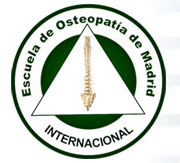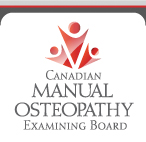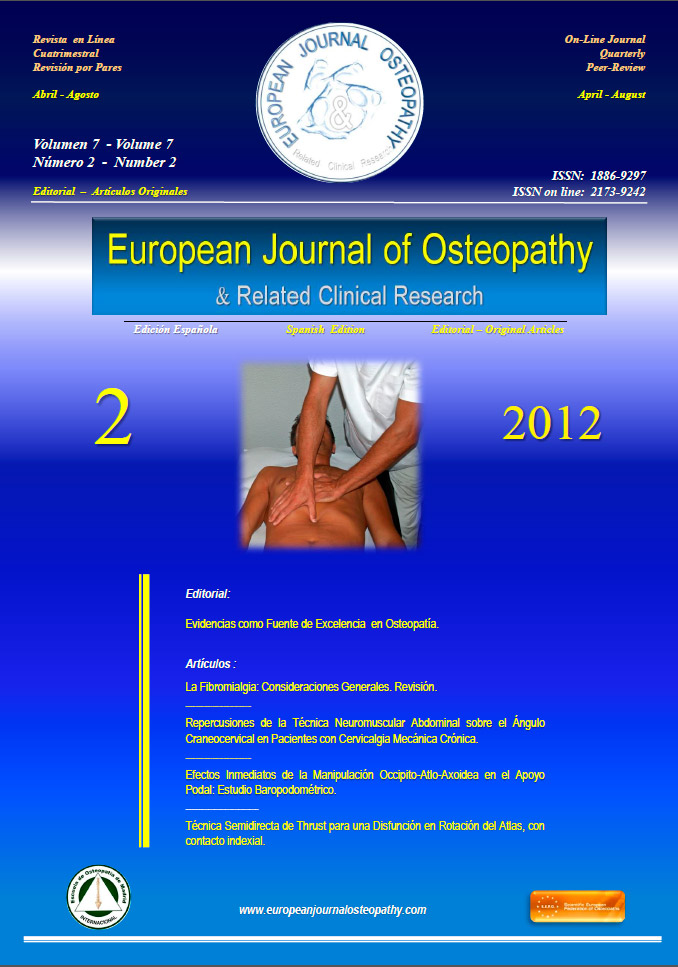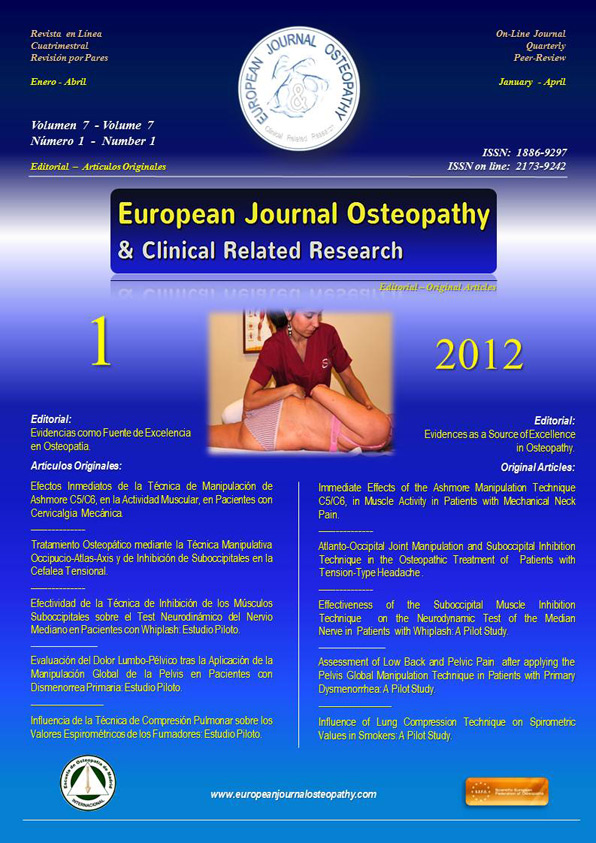by
Claire Wachter
In 1940, a New York City music teacher was badly injured in an accident in which she lost the use of her hands. She thought her professional career was over-until she met Ida Rolf, a 44-year-old woman of indomitable will and determination. By that time, Rolf had developed a system of bodywork which she felt might enable this piano teacher to regain the use of her hands. And, if the work was successful, the teacher promised to give the Rolf children music lessons. They began the bodywork. Four sessions later, the teacher was well enough to start teaching again!
IDA ROLF Rolf was born in New York in 1896, and her early training was scientific. She received a Ph.D. in biochemistry from Columbia University (1920), did postdoctoral work at the Rockefeller Institute's Department of Chemotherapy, and held a 12-year associate position in that institution's Department of Organic Chemistry.
During a leave of absence from the Rockefeller Institute, while studying mathematics and atomic physics in Zurich, Rolf began applying her method of scientific inquiry to the human condition. Her early exposure to alternative systems of medicine included the study of homeopathy in Geneva, as well as seminars in osteopathy and chiropractic on her return to the United States.
Rolf was seeking answers to questions about her own health problems, which included curvature of the spine and hypoglycemia, and she was frustrated to find that the methods for treating these conditions in the 1930s were unsatisfactory. Although she herself was always vague about the intellectual and intuitive events that led to her system of bodywork, many feel that the influence of osteopathy (which even today continues to provide insight for progressive Rolfers) is crucial. The osteopathic idea that "structure determines behavior was incorporated into Rolf's own theory and practice of "structural integration," which today is synonymous with the bodywork popularly called Rolfing.
During the 1930s, Rolf was using aggressive trial-and-error body manipulation to get information about the body. Initially, she experimented with hands-on realignment of the body to relieve suffering, working on one patient, crippled from a childhood fall, for two years. Rolf tried to move the "blocks," or structural sections of the patient's body, into a progressively more aligned relationship. Her early work was done with a great deal of strength from hands, knuckles, and elbows, and was truly bodywork. Rolf later acknowledged a greater emphasis on the field of gravity and its effects on optimizing the performance of the body.
During the following decades, Rolf acquired a widely diverse clientele. Although unconfirmed, some Hollywood screen legends, including Cary Grant and Greta Garbo (whose famous image, at least in part, was reportedly due to the effects of Rolfing), supposedly came to her. One can only imagine that, in today's media frenzy, the discovery that a "star" endorsed a certain type of bodywork would have made Rolf wealthy as well as famous.
Rolfing BECOMES ESTABLISHED It wasn't until 1965 that Rolfing finally found its path. Until then, the only health practitioners who learned Rolfing were chiropractors and osteopaths, and Rolf was determined to keep structural integration distinct from those therapies. When Rolf came to Esalen (California), the Mecca of alternative lifestyle and philosophy associated with many of the human potential movements of the 1960s, she founded the basis for training those who would carry on her life work.
At Esalen Rolf created the sequence of ten one-hour sessions that form the basis for the conventional Rolfing process, each session of which focused on a particular aspect of the body. Rolf held that the ten-hour sequence brought about "a permanent postural improvement" and that clients showed "greater elongation" and took "greater comfort in their bodies."
Since that time Rolfing has become established as an important and effective therapy for helping injured, as well as healthy, people seeking to enhance their physical structure. Leon Fleisher is one of many well-known musicians who turned to Rolfing for help with injuries sustained through playing. Fleisher's return to Carnegie Hall in 1996 was credited in part to the Rolfing which enabled him to regain the use of his right hand. In a 1995 New York Times article, Fleisher says, "Rolfing has been stretching out muscle fibers that haven't been stretched for 30 years." He observed that his muscles were getting "progressively softer and more supple and gaining elasticity."
TALKING TO ROLFERS Yet today, 60 years after the birth of Rolfing, there is still much misinformation about this deep tissue work. A person who has not personally experienced Rolfing will usually ask exactly what it is, what it feels like, and-often- whether it hurts! I recently interviewed several Rolfers, among them Eugene, Oregon-based Karen Lackritz, a Certified Advanced Rolfer with 15 years of experience who has worked on many musicians.
Lackritz summarizes many of the most important aspects of Rolfing pertaining specifically to pianists. "Rolfers work on the fascia, a connective tissue network that acts as a communicating web throughout the body. The lymph runs through fascia; blood vessels run through fascia; nerves run through fascia."
According to Lackritz, Rolfing affects the ligaments, a specialized form of fascia where muscles attach to the bone. The ligaments, which are part of where the fascia actually come together and become more well-defined, are the "real intelligence and memory of the body." Restrictions will often release when the Rolfer applies pressure to the ligamentous layers.
In piano-related injuries such as repetitive stress syndrome, Rolfers work on the deep fascia between the two bones of the arms, known as the interosseous membrane. This membrane resembles a very thick piece of gauze that runs at different angles, stretched between the two large arm bones. Lackritz points out that it is very important for pianists to have mobility between these bones. Problems can also result from tightness in the elbow. "The elbow rotates (twists), so I work the bone to 'de- rotate' it. It's like a screw that tightens from overuse, pulling too tight. You have to 'loosen the screw' and the bone will start to de-rotate."
When there are arm disorders, Lackritz often finds restriction in movement between the cranium and the sacrum (the bone forming the rear section of the pelvis). In order to remedy this situation, she will work on the cranium, the temporal bone (near the ears), and the occipital bone (lower part of the skull). Lackritz calls the occiput the "drive" of the system. "I work to release the cranium by releasing the temporal bone from the occiput and getting the temporal bone to disengage from the occipital bone. This work can release the entire jaw, from the neck down into the arm. There are also ten cranial nerves- major wiring! By releasing these nerves, we can change the 'engine gears' that may be affecting the arms. "
HOW TO LOCATE A CERTIFIED ROLFER IN YOUR AREA Rolf Institute 205 Canyon Blvd. Boulder, Colorado 80302 (800) 530-8875 (303) 449-5903 Rolflnst@rolf.org Web page: http://www.rolf.org Recently a Rolf Institute opened in the Washington D.C. area. For more information call 202-291-8299. | To help avoid injuries, Lackritz suggests that the ideal sitting position for a pianist is for the hip-joint to be slightly above the knee-joint. This position will allow the feet and legs to be more involved in motion. Also, if the hips are a little higher, more pivot is possible, bringing the strength from the legs up through the pelvis and into the body so that the arms are not doing all the work. It's helpful for pianists to sit on the "sitting bones" to achieve a "pelvic floor" balance which allows the lumbar spine (lower back) to come back just a bit, rather than arching. Lackritz says that this position allows for stability, strength, and endurance during playing, "a kind of anchoring." "Rolfing," says Lackritz, "seeks a certain kind of balance for the body, a state we call palintonos, which is a kind of tonal balance in the body. It is like the relationship between the bow and the strings, or how an instrument is tuned. It's almost as if we were tuning the body, not just in terms of alignment, but also taking into consideration the kind of 'music' this 'body' plays." |
Lackritz cautions that surgery should be the last choice for pianists who have been diagnosed with arm injuries. She warns that every surgical cut will have an effect on the tendons, and the tendons in the arms often require a long time to heal. Rolfing, however, can help pianists who have already had surgery gain more mobility.
ROLFERS OFTEN SOUGHT PERSONALl RELIEF I found other Rolfers-former musicians-who had sustained serious injuries which, in some cases, surgery had been unable to correct. A few became Rolfers because they had experienced the powerful healing of Rolfing bodywork which enabled them to resume their musical activities.
Ray Bishop, a certified Rolfer who holds a Master of Music degree in Musicology from Indiana University and a Ph.D. in Musicology from the University of North Carolina at Chapel Hill, has played many instruments, including the piano. At 19, Bishop had a serious injury that caused permanent nerve damage and a loss of feeling in his left hand. A friend took him to a Rolfer and, as a result of Rolfing, most of the feeling in his left hand has returned.
Bishop comments about the "epidemic" of hand problems plaguing so many of today's pianists. "Pianists got into trouble trying to copy Vladimir Horowitz?" This observation echoes Fleisher's comments about the way he [Fleisher] pushed himself even after feeling pain in his hands. According to the article in a Johns Hopkins magazine (November, 1995), Fleisher "came of age in a time of great technical virtuosity among pianists. Performers like Vladimir Horowitz, William Kapell, and Byron Janis displayed stunning technique... His [Fleisher's] goal was to marry Artur Schnabel's [Fleisher's teacher I brand of consistently inspired playing with the remarkable technical virtuosity exemplified by Horowitz et at It was a tall order, and his right arm was not up to the demands placed on it."
Bishop brings his experience as a musician to his Rolling work, attending actual practice sessions with his clients and making adjustments to their posture. Without interfering with their practice sessions, he relies on prearranged "cues" to coach his clients in retraining their habits. He sees the Rolfer as more than just a body worker, a mover of fascia. He considers his role to be that of an educator. He claims that the Rolfer can teach a person to initiate movement from inside the body. He teaches pianists about movement from the major arm muscles that originate in the back. If the arms are locked, he teaches the client how to feel the connection with the deltoids (the large muscles around the shoulder-blades) in order to create fluidity and ease in movements.
Bishop also uses Neuro-Linguistic Programming (NLP), a technique for determining a person's most active sensory and language channels. In this way he can use the person's "own language" to connect with the physical spaces that are painful or blocked. Bishop believes that, in combination with Rolling, NLP "helps the person not only access areas of tension or trauma, but helps him or her alter the relationship with these regions in order to create ease and comfort from the inside."
Linda Grace, a Certified Advanced Rolfer in Philadelphia, has played oboe professionally, and she has also taught stringed instruments. She had a back problem that made playing and sitting difficult. She also had tendinitis. She underwent arm surgery which left her unable to raise her arm above her shoulder. Grace turned to Rolfing, and by the eighth or ninth session she could not only play again, but she felt she was playing better than ever.
Grace has Rolfed several pianists who also study the Dorothy Taubman technique. (Taubman has dedicated herself to discovering and espousing specific techniques for playing the piano without injury.) At her clients' recommendation, Grace attended a two-day session on the Taubman technique. This combination-Taubman technique plus Rolfing-would seem to be a powerful way for pianists who have sustained injuries to find their way back to playing.
Rolfing EXPANDS AWARENESS In the final analysis, Rolfing-alone or in combination with other modes of therapy-is something that has to be experienced. Most people who have had Rolfing report an immediate and positive response even from one or two sessions. Sometimes the changes can be profound. For musicians, Rolfing can be a way to expand awareness from narrowly focused, often repetitive, practice activity to a much larger experience of the totality of making music. Lackritz expresses this eloquently from the Rolfer's point of view. "For me, enhancing the art-form is what is important. The art-form is the body itself, [and you must find] how to get the maximum sound out of this 'instrument.' Let's forget about the fascia and ligaments and look at the big picture. When a person has pain, it is really a sort of fear. I try to see who it is inside this person, trying to get out. I trust that Rolfers can really make a difference. It's what I base my work on.








 1:13
1:13
 Daniel Enriquez de Guevara
Daniel Enriquez de Guevara




























.jpg)






















0 comentarios :
Publicar un comentario